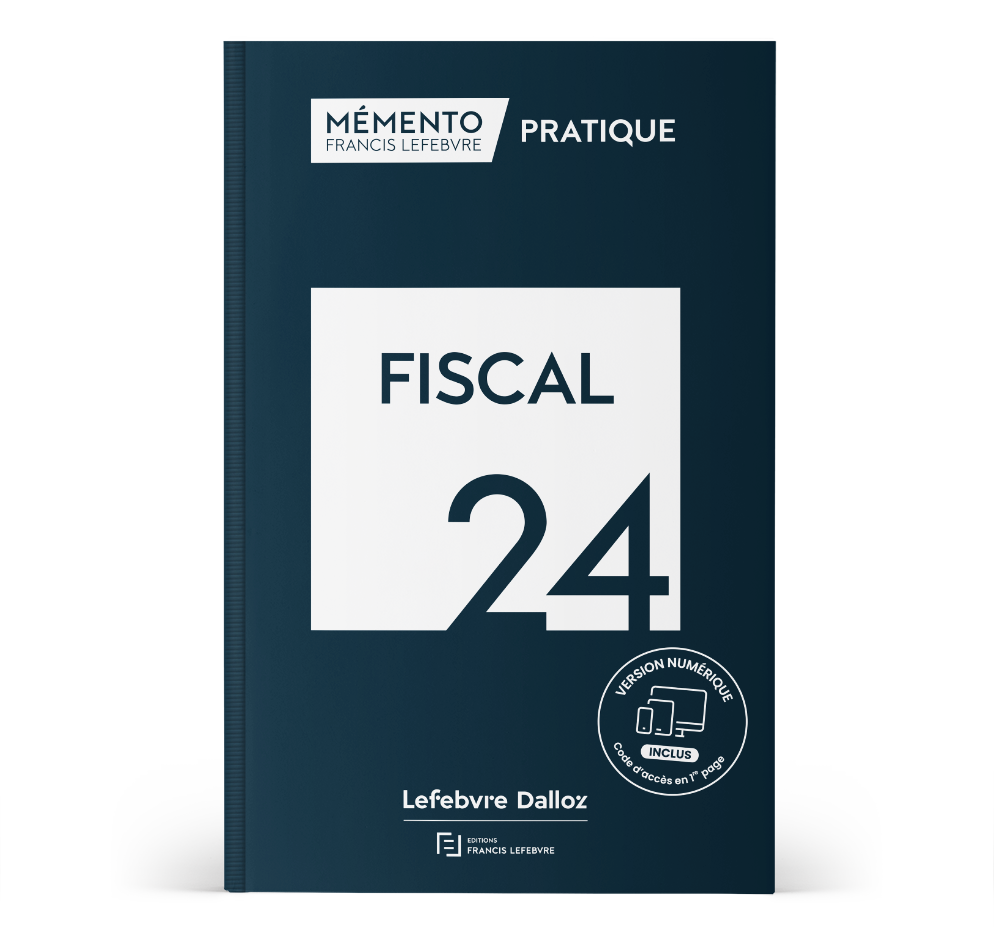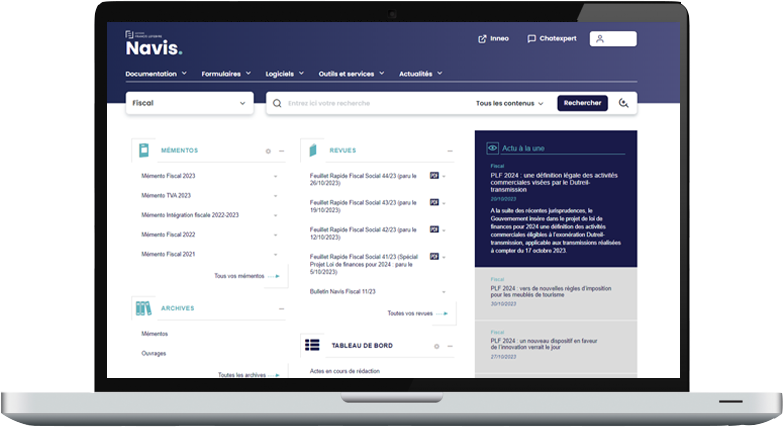Recent OECD guidance advocates the use of a value chain analysis for attributing value to digital transactions for transfer pricing purposes, but the United States may not be headed in that direction.
“Hearing discussions of value chains, sometimes I think that there is a bit of a disconnect between that and what we are looking at in terms of transfer pricing guidelines and U.S. regulations,” said Brian Jenn, attorney-adviser, Treasury Office of International Tax Counsel, during a Transfer Pricing session at the American Bar Association Section of Taxation meeting in San Diego February 9.
The concept of a value chain is an attempt to quantify value creation along the whole supply chain using the methodology laid out by the OECD in action 13 of the base erosion and profitshifting project. The OECD's 2014 discussion draft on profit splits also used the term.
IRS regulations addressing cloud computing should be released soon, said Joseph Dewald, branch 6 senior technical reviewer, IRS Office of Associate Chief Counsel (International). “Brian and I and a number of other people have seen how the digital economy can really create a lot of complexity in the analysis of character, sourcing, transfer pricing, which the [Internal Revenue] Code doesn’t really seem to directly address,” Dewald explained. “But we view the rules in the code as things that we can still use to get to the right answers. And even with our regs, I think we can do that.”
Jenn, a U.S. delegate to OECD Working Party 6 on transfer pricing, said that finding value in the value chain or supply chain doesn’t answer the question of who created that value or to whom that value accrued because it does not take into account the risks incurred by a party or capital contributions. “This is a broader problem when you think about the digital economy work that is being done by the OECD task force on the digital economy,” he said.
Many countries claim that when a company interacts with users there and acquires data that has value, the company has actually created value in that jurisdiction, regardless of existing transfer pricing rules, Jenn said. Countries taking that view claim the company should be found to have a taxable presence in the jurisdiction, or that it should be able to tax the value the company has created through its interactions with users there.
The U.S. views that transaction very differently, Jenn said. “That is a key point of debate for us at the OECD,” he said. The U.S. takes the view that when a company interacts with a user to create an asset with value, it is operating in a manner that is similar to a barter transaction, and the data produced from that interaction with a user should be considered to be similar to an input in a company’s production process.
The differences in viewpoints are a subject that will continue to be discussed and addressed, to some extent, in the OECD report on taxing the digital economy that is expected to be released this spring, Jenn said.
By J.P. FINET
Cette information est extraite de notre service d'actualité taxnotes






